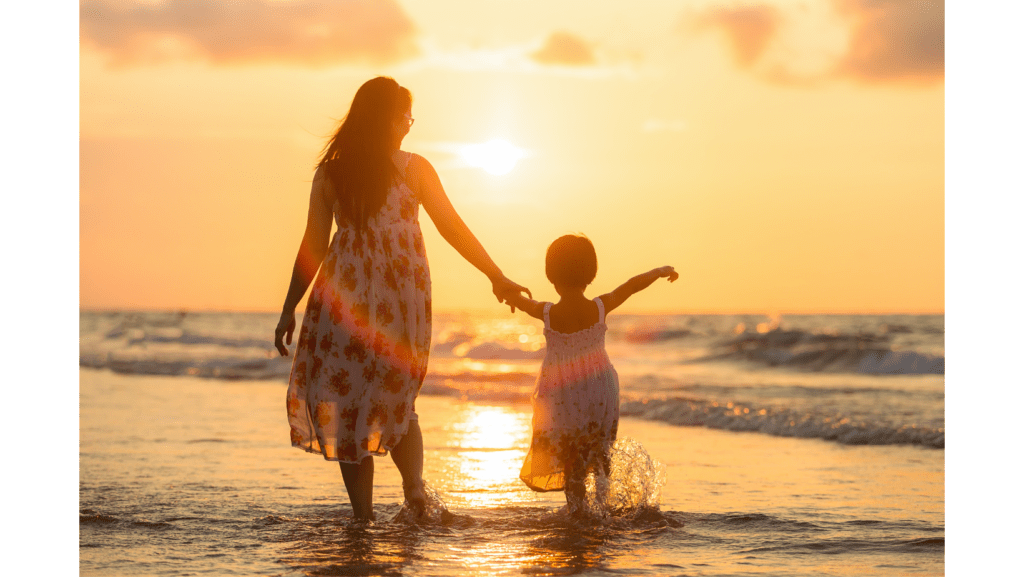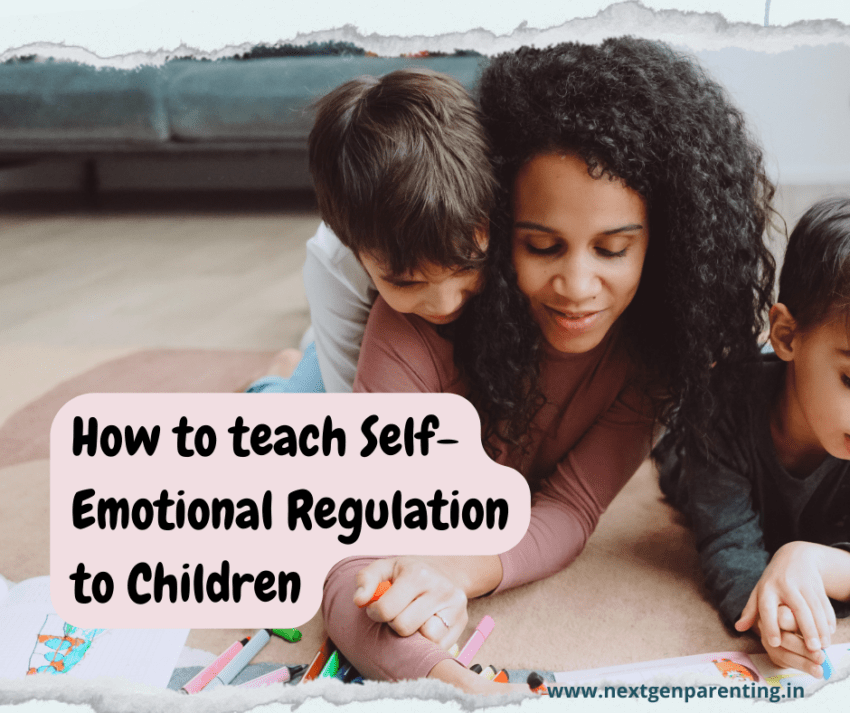Emotional regulation is a skill a person develops from childhood to adolescence and upgrades that skill through adulthood. It is essential to develop self-emotional regulation in children in their early developmental stages.
What is self-emotional regulation?
Self-emotional regulation means the ability of a person to process and manage strong emotions and impulses mindfully individually and daily.
Emotional regulation is a process of regulating all the hard emotions and responding with appropriate behavior.
All the positive and negative emotions have a profound impact on the mental and physical health of a person. When a person has emotions like happiness, excitement, or love, the body releases happy hormones.
The opposite of that if a person feels negative emotions like sadness, anger, or frustration the body releases hormones like cortisol, a stress hormone.
To learn emotional regulation is essential for a person’s mental and physical well-being. As we all face emotions, negative and positive both, and in daily life we have to cope with the situation and respond accordingly.
If a person has the ability to regulate all those difficult emotions without storing them in the subconscious mind that person becomes strong mentally, emotionally, and physically.
That is the reason how important to teach self-emotional regulation in children. By teaching them this skill we can significantly see the decreased behavioral problems.
Even in the long run, we can see decreased temper levels and aggression, and fewer chances for anxiety and depression.
How to teach children self-emotional regulation
When you decide to profoundly active yourself to teach emotional regulation to your child you have to keep in mind that you also have to learn it first. You also follow the mindful way to be more aware of your emotional well-being and all emotional triggers and work with all the strategies.
Your active participation in emotional regulation gives you strength while teaching your child all about it.
Meditation, yoga, breathing techniques, and other mindful activities are useful strategies for Self-emotional regulation.
Here, are 5 points that guide you to teach your children emotional regulation.
Related Article- 5 Reasons Why Communication is Important in Parenting

Awareness
Being aware of the emotional triggers is the first step toward self-emotional regulation. Whenever you see that your child is triggered do not react instantly but wait for that emotion to pass.
Give them time to become aware as in the beginning, it is an unknown factor for children. Also, work on the trigger point and note it down for future reference.
It will help you to monitor and track the trigger point.
Give those emotions a proper name for a better understanding of children. It may be possible that your child has no idea what to call that emotion.
For younger children, you can make cards to recognize different emotions. These cards help them to get a better understanding of the name of emotion.
By giving name to those emotions a child gets a better understanding and it also helps them to deal with those emotions under your guidance.
Article you might like to read- Awesome Activities for Hyperactive Children
Calm down
After getting aware and recognizing the emotions use some techniques to calm down the feelings like breathing, physical activities to calm down the nervous system, or walking in nature.
When you introduce mindful activities to your child they gradually learn to calm down their overwhelmed emotions as they learn the techniques to emote mindfully.
Must Read Article- Understanding of Child Suicide- A Call to Action for Parents
Acceptance
Most people believe that a person should always be happy and have good emotions but that is not true. We all experience all kinds of negative as well as positive emotions.
There is nothing bad about having negative emotions like anger, frustration, or stress. So, teaching children about all the emotions and to accept those emotions so they can learn to deal with them.
As a parent, we also have to accept our children’s emotions and obviously first our own. Mostly our feelings have a profound reflection on our children, they are like mirrors to us.
Read Article – How to Keep Children in Discipline in Using Mobile
Choose
Having bad emotions is not a bad thing but staying there and doing nothing for that is harmful for mental and emotional well-being.
Generally, in day-to-day life whatever we feel is temporary, and that’s why being aware of those and consciously choosing to regulate is our own choice.
If the child feels a little discomfort while being emotionally loaded guide them through mindful activities. Those activities help them to calm down and regulate their emotions.
By doing these practices they learn to choose different activities for emotional regulation.
Article you might like- 7 Reasons Why Kids Cry- Understanding Your Child’s Emotions
Solve
Finding a solution for the root cause of the triggers is the final step and as important as the first step of being a self-emotionally regulated person.
If you find that after attempting so many actions you do not make progress or are still facing a lot of problems while regulating emotions, and lots of behavioral problems with children, then ask for help.
The early approach to the experts increases the chances of healing and regulated behavior in children.
Must Read for You- 7 Activities for Emotional Regulation in Children
Conclusion
To regulate emotions is not an easy task for children and that’s why while dealing with your child keep patience and faith.
Always, remember that there is emotional distress and dysregulation behind every behavioral issue
While teaching them about emotional regulations also keep an eye on your behavior and emotional well-being.
Give yourself time and space to gain strength and follow all 5 techniques while having an emotional outburst.
You may also feel burnout while doing all the tasks together so make sure to take breaks for your me-time.
The parent’s final goal is always a child’s physical, emotional, and mental well-being.
